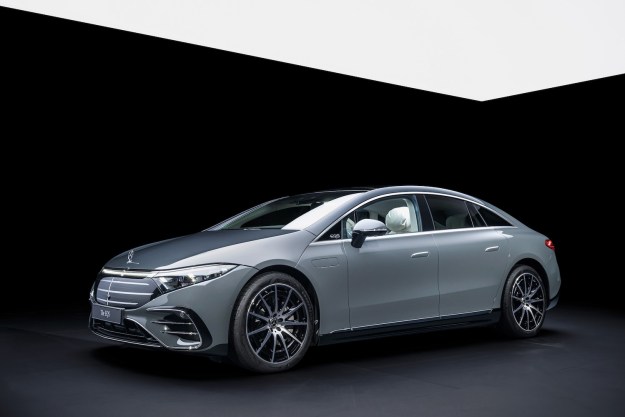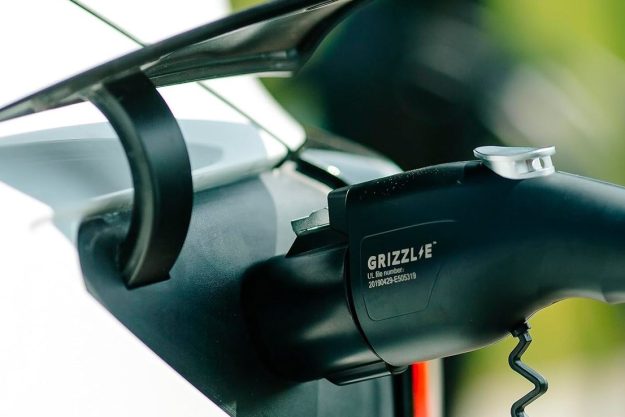The 2016 Optima stands out from the outgoing model thanks to a sharper design inspired by the Sportspace concept that was presented last month at the Geneva Motor Show. The front fascia gets a curved rendition of Kia’s widely-used Tiger Nose grille, a large air vent accented by a thin strip of chrome trim and vertical air ducts positioned on either end of the bumper.
A piece of chrome trim that runs from the base of the A-pillar to the bottom of the rear window reduces visual mass while adding a premium touch to the overall look. The back end is characterized by thin vertical tail lamps and a discreet spoiler integrated into the trunk lid.

Engineers have slightly increased the Optima’s wheelbase and width in order to free up more space on the inside. Interior pictures have not been published yet but Kia promises the next Optima’s cockpit borrows heavily from its bigger sedans like the Cadenza and the K900. It can be spruced up with heated and cooled front seats, a height-adjustable passenger seat and Nappa leather upholstery. Two new colors called merlot and dark aubergine – a word that means eggplant in French – are available.
Select trim levels come with an 8.0-inch touch screen that runs Kia’s UVO2 infotainment system. Additionally, the Optima is Kia’s pilot vehicle for the integration of Google’s CarPlay-rivaling Android Auto software, which lets the driver access a number of smartphone applications using either voice commands or the center console-mounted touch screen.

Optima buyers can choose from three engines: a 2.4-liter GDI four-cylinder rated at 185 horsepower and 178 foot-pounds of torque, a turbocharged 2.0-liter GDI four-banger that makes 247 ponies and 260 lb-ft. and a new-for-2016 1.6-liter turbo four that pumps out 178 hp at 5,500 rpm and 195 lb-ft. at just 1,500 rpm.
Carried over from the previous model, the GDI units shift through a six-speed automatic transmission, while the 1.6-liter is linked to Kia’s first seven-speed dual-clutch gearbox. Performance and fuel economy figures will be published closer to the Optima’s on-sale date.
Kia promises the new Optima handles better than the last-gen model thanks to stiffer chassis, four-bushing suspension mounts and larger rear control arms. Additionally, the support structure of the panoramic sunroof is made out of carbon fiber-reinforced plastic, a move that reduces weight while lowering the center of gravity.
Built in Kia’s West Point, Georgia, factory, the 2016 Optima will land in showrooms in the coming months.
Editors' Recommendations
- New York International Auto Show canceled for 2020
- Pint-sized 2021 Kia Seltos crossover could be a great tech value
- The 2020 Hyundai Venue is small, affordable, and brimming with value
- Cadillac’s new 2020 CT5 sedan lets you Super Cruise across America
- 2019 Kia Niro EV electric car offers 239 miles of range for $39,495




